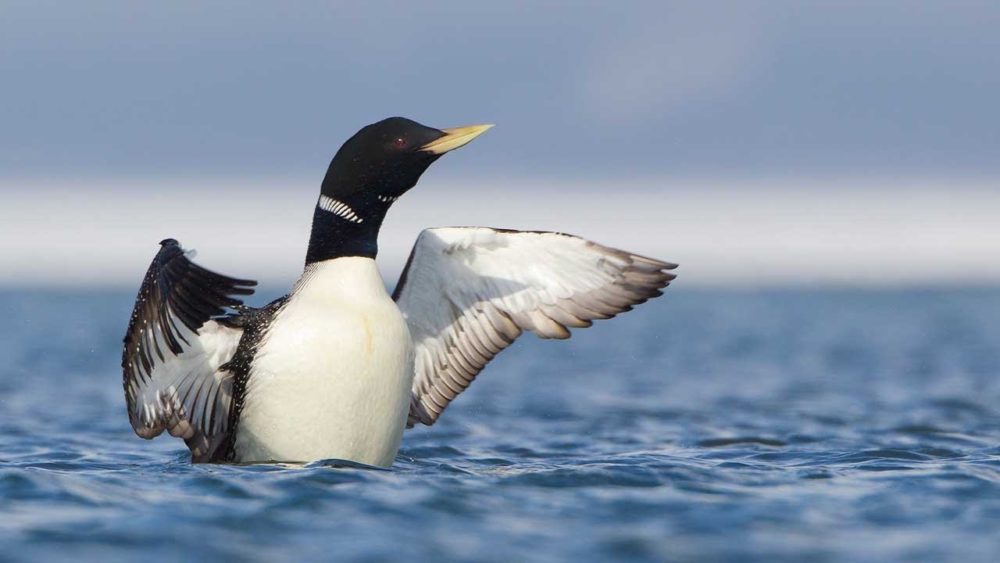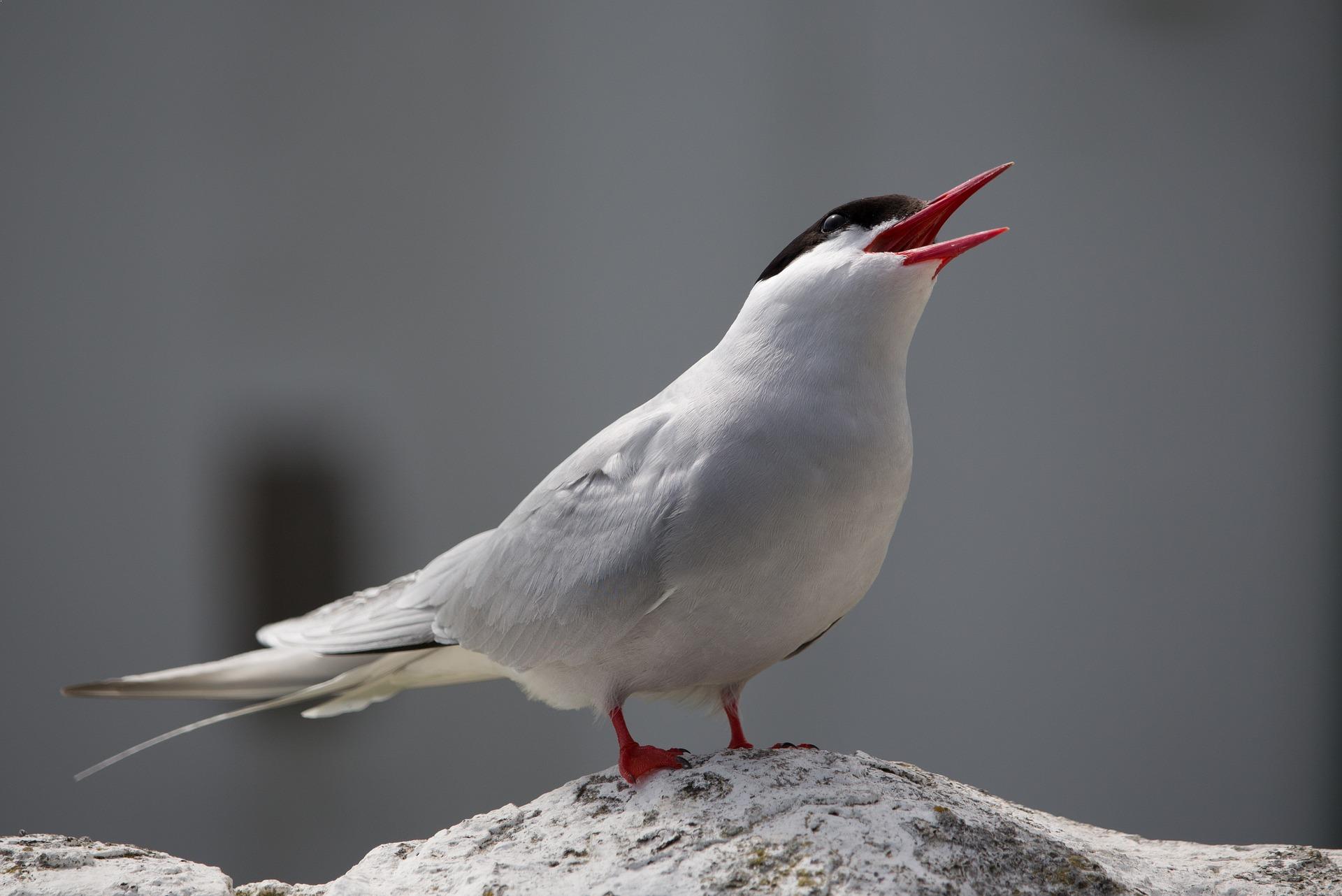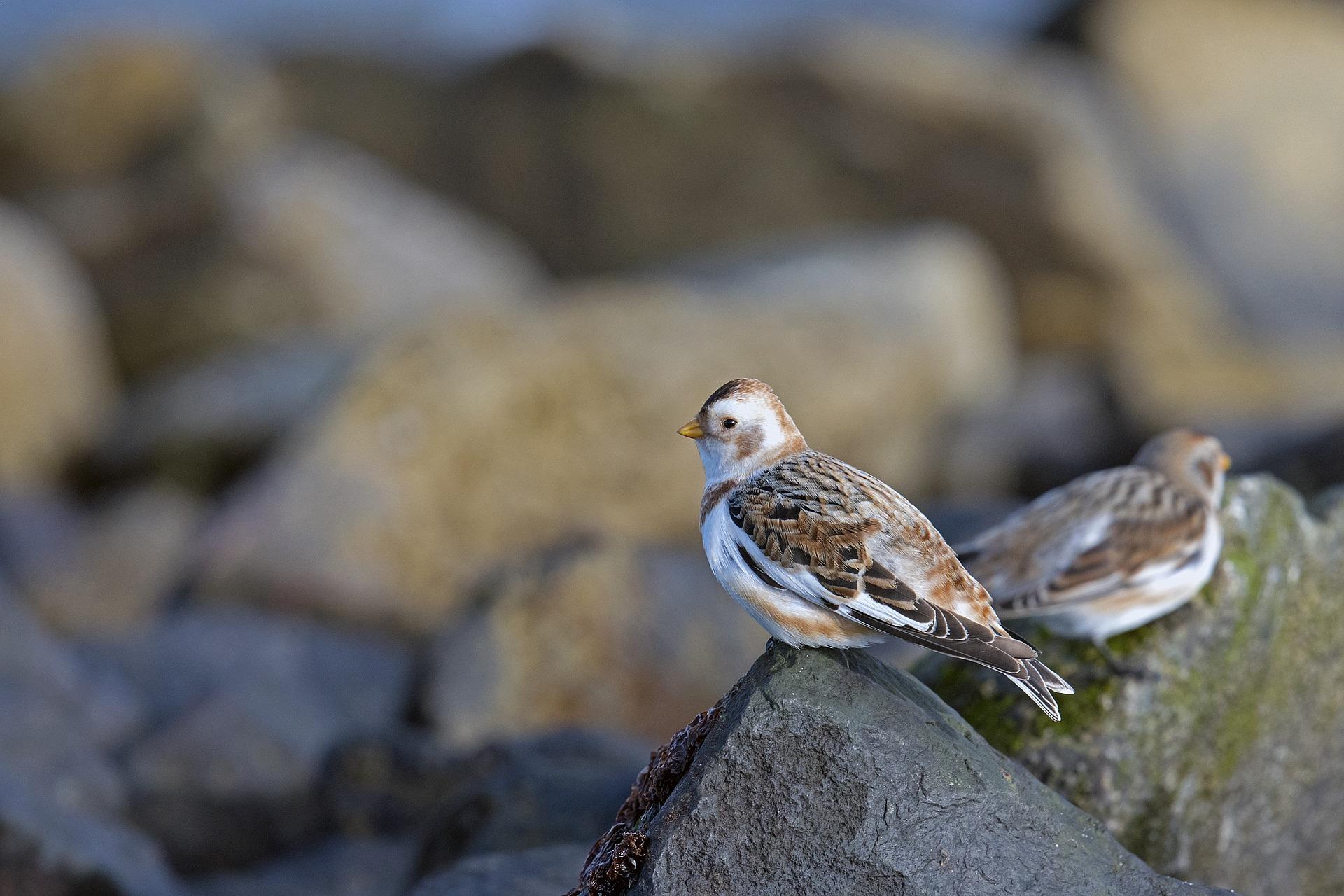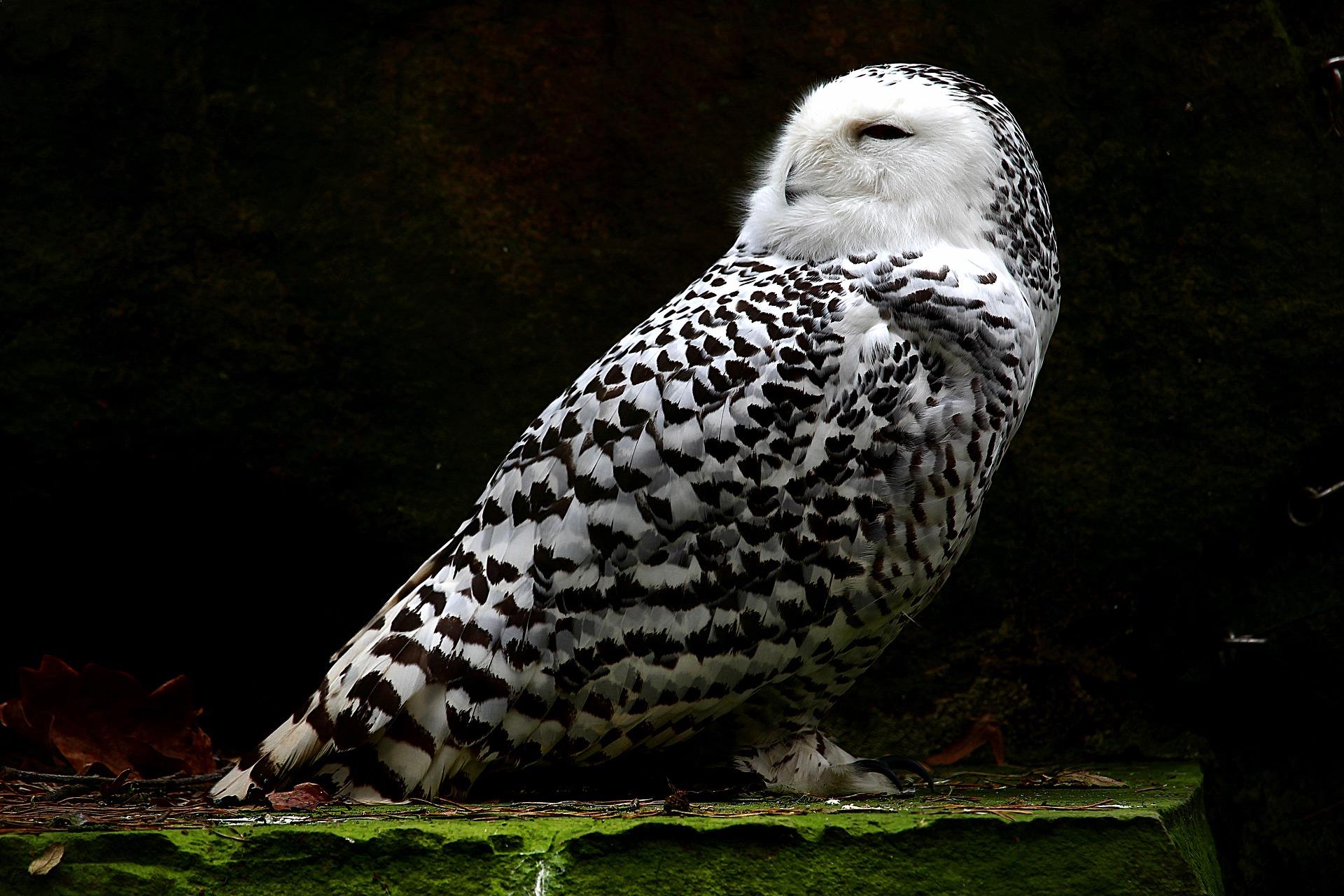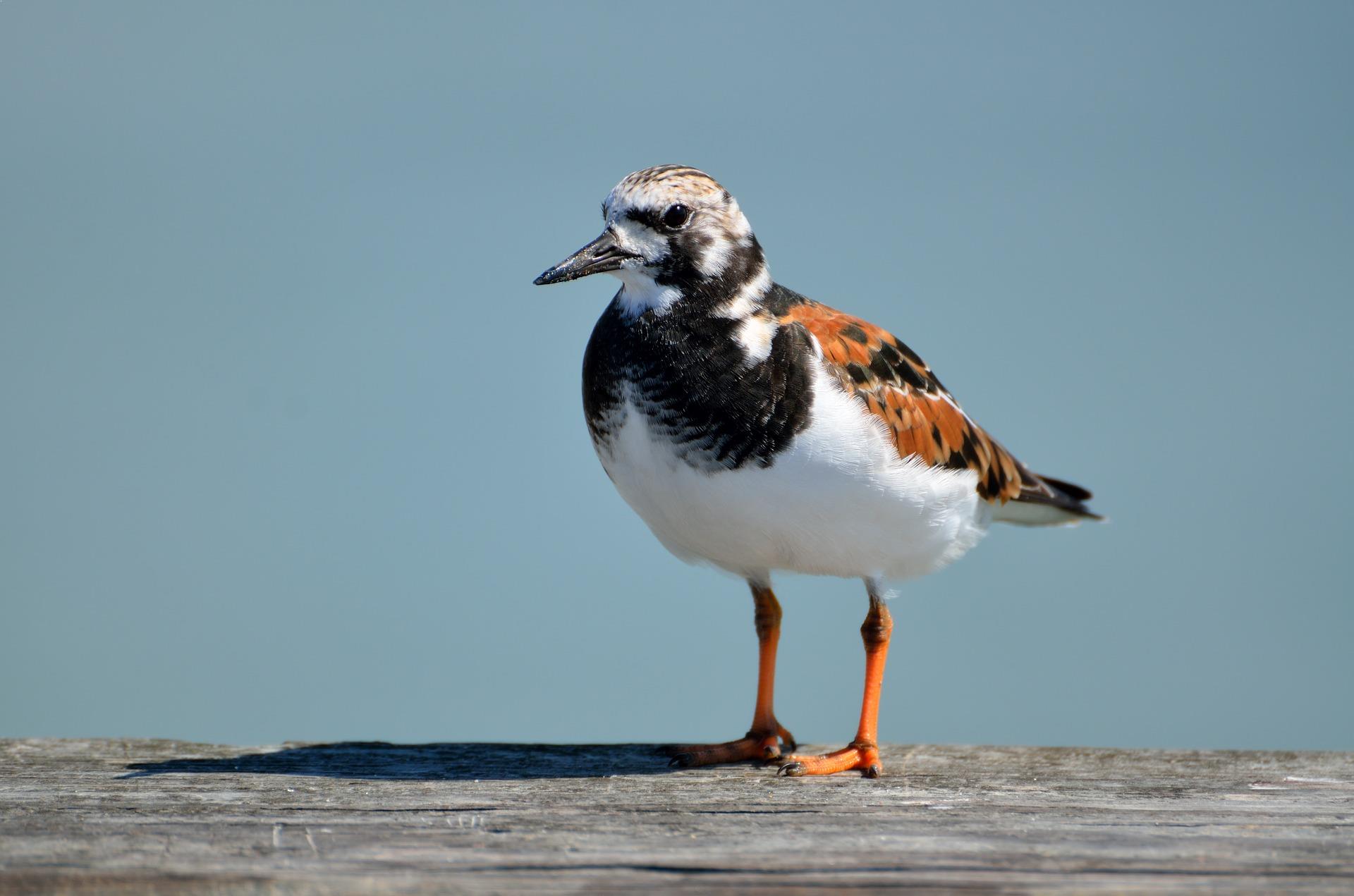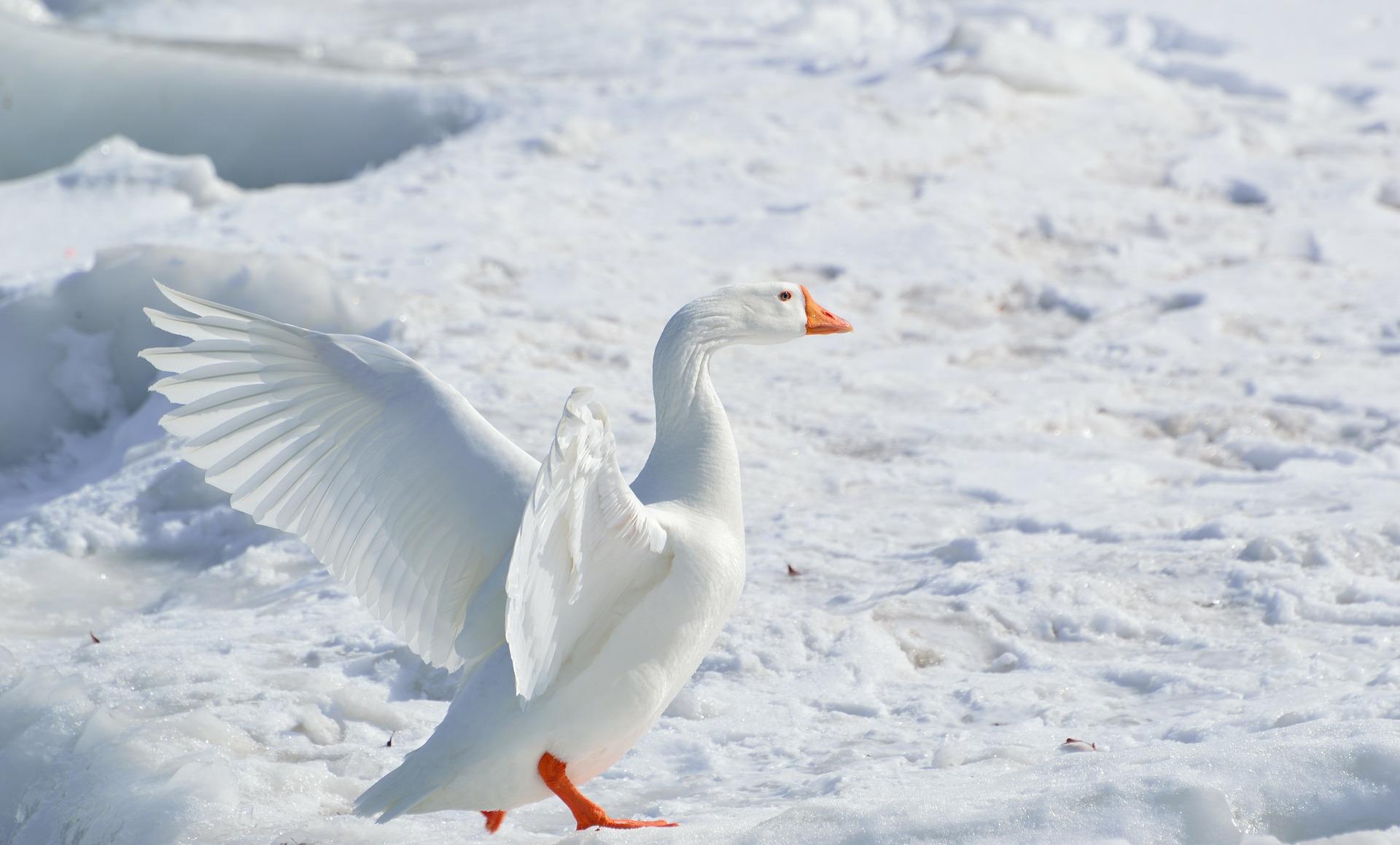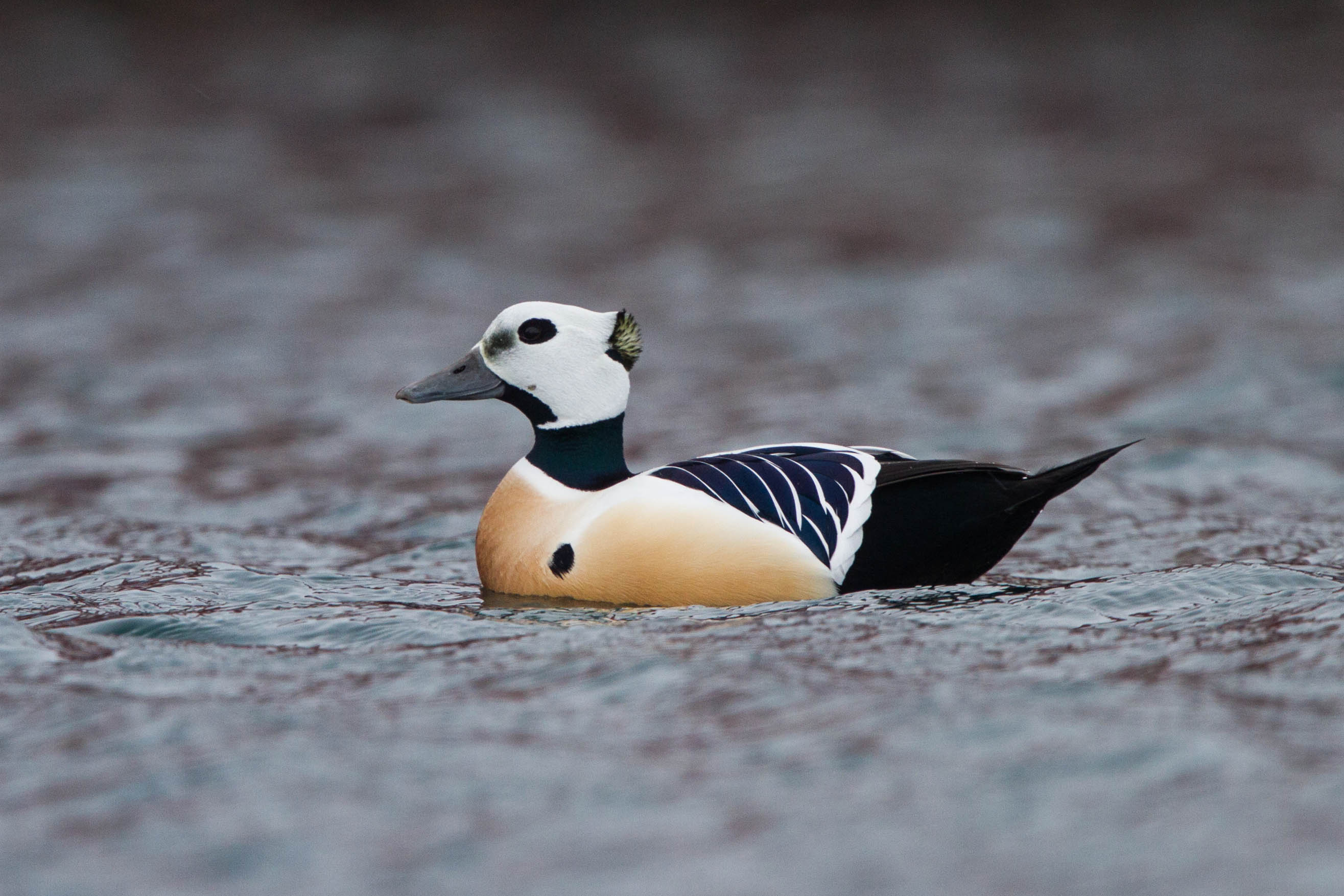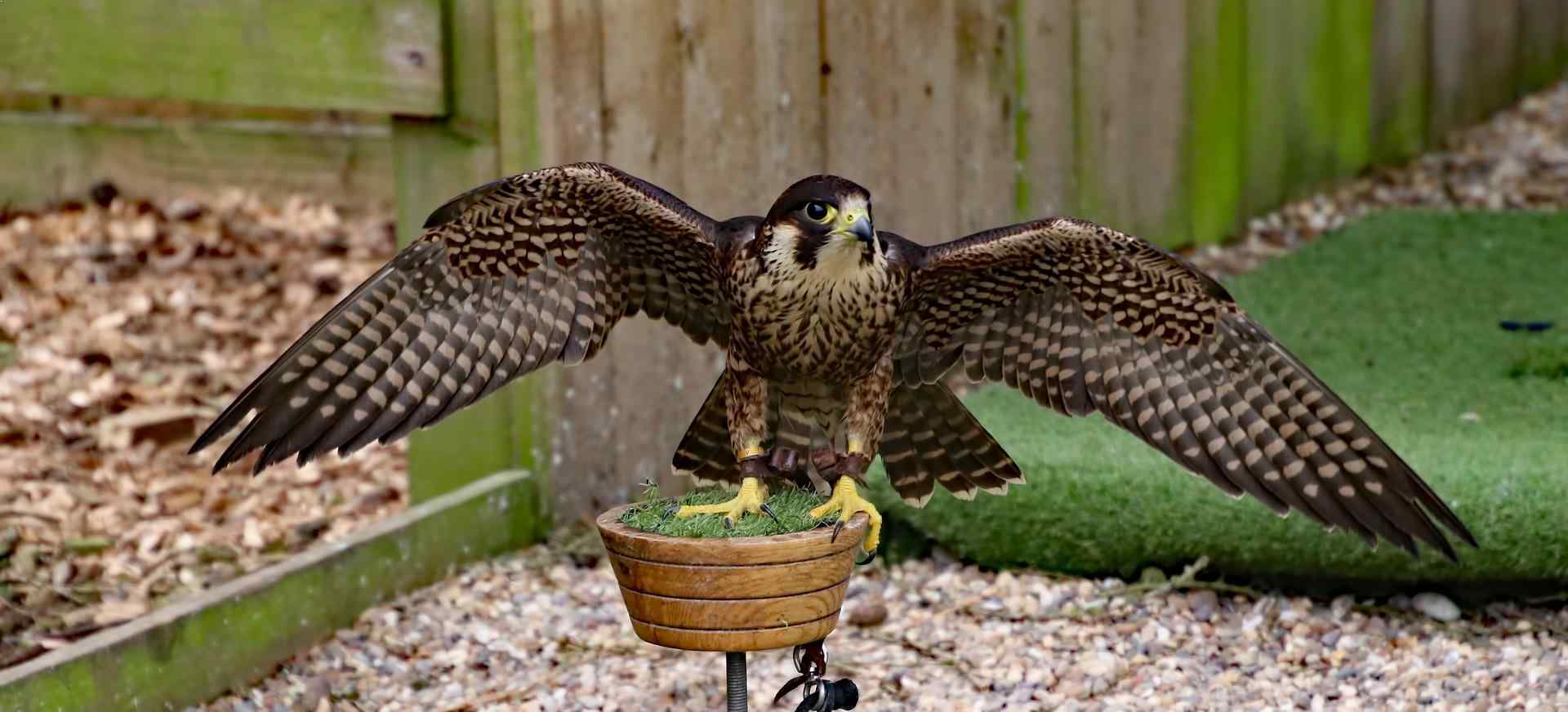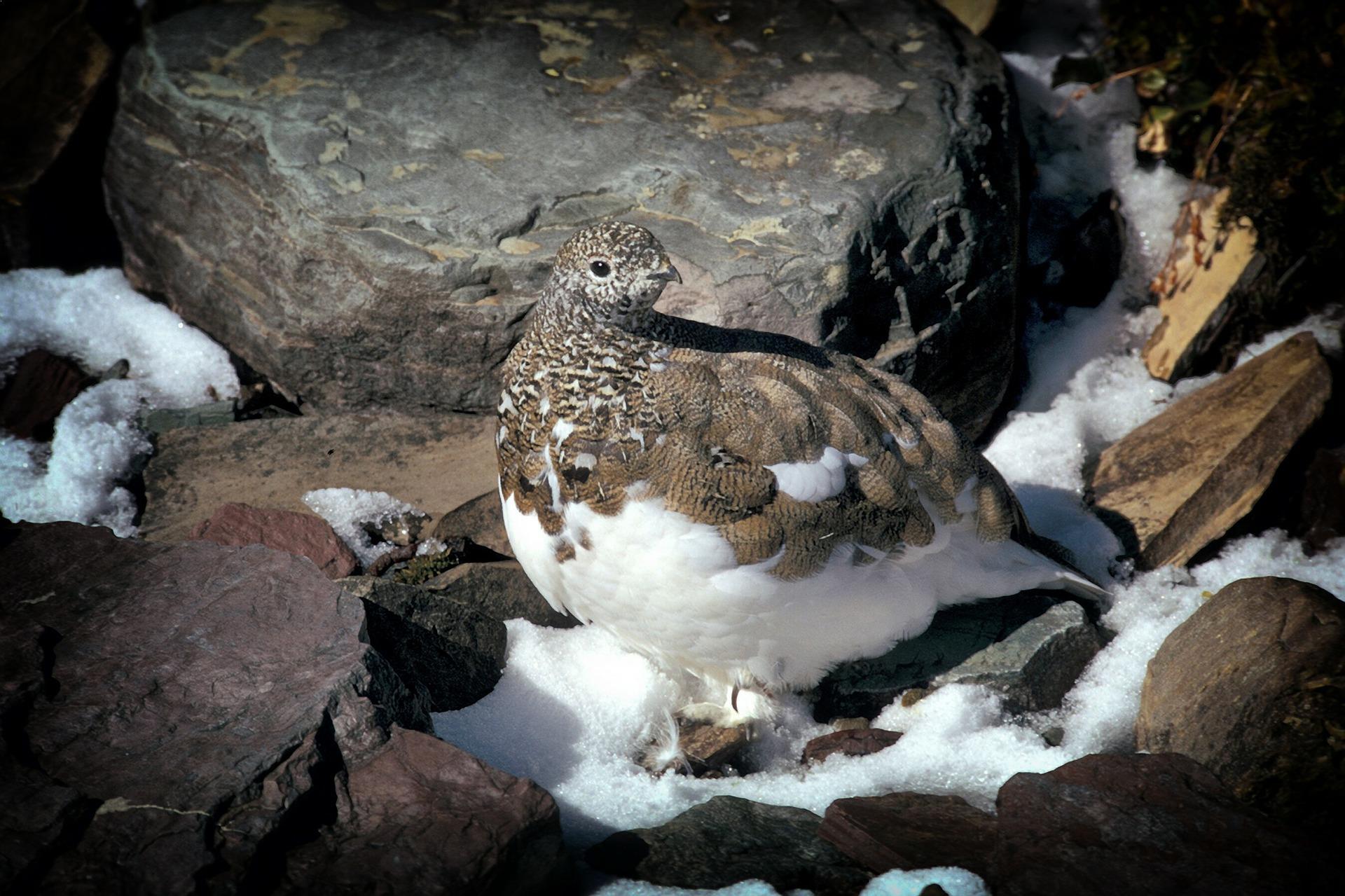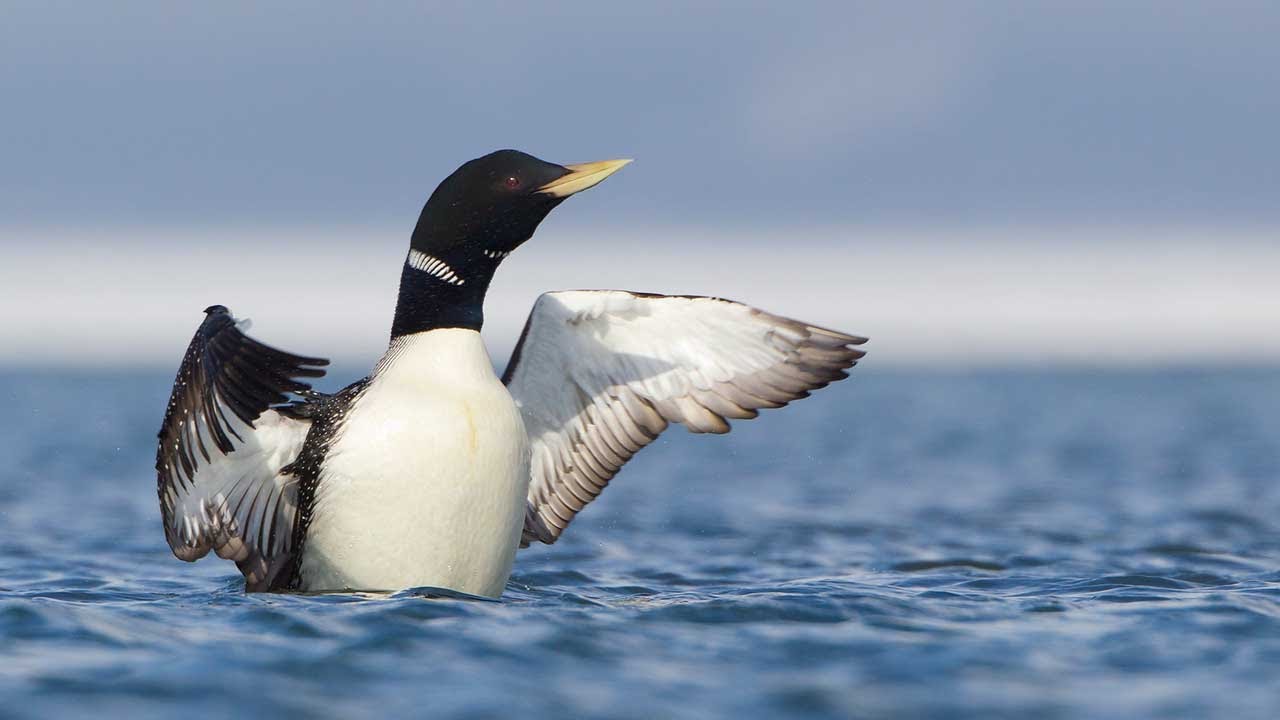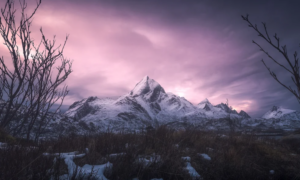Life in the Arctic is a fascinating mixture of excellent adaptive skills and ingenious strategies to survive the cold weather. These birds are some of the most well-adapted animals on Earth since they can manage to live in the biting cold and strong winds of the Arctic. There are many varieties of birds gifted us by nature like flying birds, singing birds and strange looking birds .Here is a list of the 10 amazing arctic birds that have dared to brave the elements and live in the Arctic.
Amazing Arctic Birds
1. Arctic Tern
This bird is known for undertaking the longest migration in the world. It migrates from the Arctic to the Antarctic Circle and backs each year. It starts its migration at the onset of winter in the Arctic and flies down to the Antarctic where the summer has just begun. Here it breeds and sheds its feathers before going back to the Arctic via the coast of Africa and Asia. It covers a distance of more than 44 thousand miles each year and its path depends only on the availability of food. It is a small bird with white feathers on its body and wings and black plumage on the top of its head. Also, read about small and cute birds in the world.
2. Snow Bunting
This arctic bird is non-migratory and spends the whole year in the Arctic, choosing to brave the frigid winters. The male and female both change colour according to weather. In winter, both have a light-coloured plumage but during summers the male is dark brown to black while the female is dusky grey. They make their nests in rocks beside lakes and eat whatever prey they can find in the region. Their major source of food is grass seeds and small insects. At the peak of winter, the female migrates a short distance towards the south while the males stay the in the Arctic throughout the year. Also, please read about smartest talking birds in the world.
3. Snowy Owl
Snowy owls too are mainly non-migratory birds that breed and live in the Arctic. The males have almost fully white plumage while the females have darker spotting on their wings. They have many adaptations that enable them to survive in the Arctic including a thick plumage, keen eyesight and hearing and serrated wing edges to muffle the sound during flight. They are expert hunters and their main source of food is lemmings and other rodents as well as eggs of other animals and birds. In a case of extreme food scarcity, they sometimes migrate towards the south into Canada and the United States. It is also listed as one of the most beautiful white birds in the world.
Also Read: 11 Birds With Most Amazing Beaks
4. Ruddy Turnstone
This shorebird lives and nests in the rocky regions of the Arctic tundra and is a migratory bird that moves to Europe, North America, Asia and Africa during the Arctic winter. It has black and white plumage and during the breeding season, the head of the male develops reddish coloured feathers. Because it lives on shores of lakes and the ocean, It hunts small insects and aquatic animals that live near the shore. It is named turnstone because while foraging, it picks and turns over stones to search for food.
5. Snow Goose
Like most other arctic birds, the Snow Goose has white plumage with light grey and black markings. It lives in the northern Arctic region and migrates to the Southern United States during the winter because of food scarcity so far up north. While migrating, flocks of Snow Geese fly in a ‘U’ formation to reduce air resistance and enable faster flight. The chicks of this bird develop very fast and can maintain body temperate and swim independently a few days from hatching. Also, one of the most beautiful arctic birds in the world.
6. Steller’s Eider
This arctic bird is the smallest member of the Eider family and lives mostly in lakes and rivers in the Arctic Tundra. It breeds and nests in the tundra but migrated to the Bering Sea in the winter in search of food. They migrate in large flocks sometimes having more than two lakh birds and food together. The birds have many markings and colorations on their body with the male being more colourful than the female. Because they are water birds, they feed on aquatic animals and molluscs.
Image Source: Wikimedia
7. Buff-Breasted Sandpiper
This small land bird is found in the drier regions of the Arctic and roams about searching for food. The males and females have a similar appearance with a light brown body with black spots and a straight black beak to catch burrowing insects from underground. During the winter, they migrate to South America through the chicks are born in the Arctic. They mature very fast and are capable of finding their own food from the first day itself.
Image Source: Wikimedia
8. Peregrine Falcon
This bird is famous for being the fastest bird in the world and can reach speeds of up to 240 miles per hour during dives. They breed in the Arctic but migrate all over the world during different seasons. There are many sub-species of this bid and not all of them show the same behaviour. The word peregrine means wandering and this reflects the migratory behaviour of this bird. It may travel upwards of fifteen thousand miles to find the suitable breeding place. The highest speed of this bird is achieved during its predatory dive that it uses to catch and kill other smaller birds and bats.
9. Rock Ptarmigan
This arctic bird lives in the hilly areas of the tundra and is very well adapted to survive the extreme cold. It does not migrate during the winter season but its plumage changes colour according to the season. in winter, it has a fully white plumage and during summers, it develops brownish feathers to help it camouflage and hide from predators. Though this bird does not have many predators because it lives in the extreme north, it is very well adapted to evade the few predators like the Golden Eagle that may venture into its territory.
10. Yellow-bellied Loon
This Arctic bird is the largest species of the loon in the world and may grow up to 38 inches long. They are migratory birds but breed in the tundra region making nests out of whatever vegetation they can find in the region like mosses and shrubs. During the winter, they migrate a little to the south to Alaska and Canada and return to the Arctic after the winter ends. They live beside water bodies and spend a majority of their time inside the water. Their main prey is molluscs, crustaceans and other small aquatic animals.
Image Source: Wikimedia
Since many of these Arctic birds migrate to Asia, Africa, Europe and North America, there is a good chance that some of them come to your country too. Have you seen any of these amazing Arctic birds?

